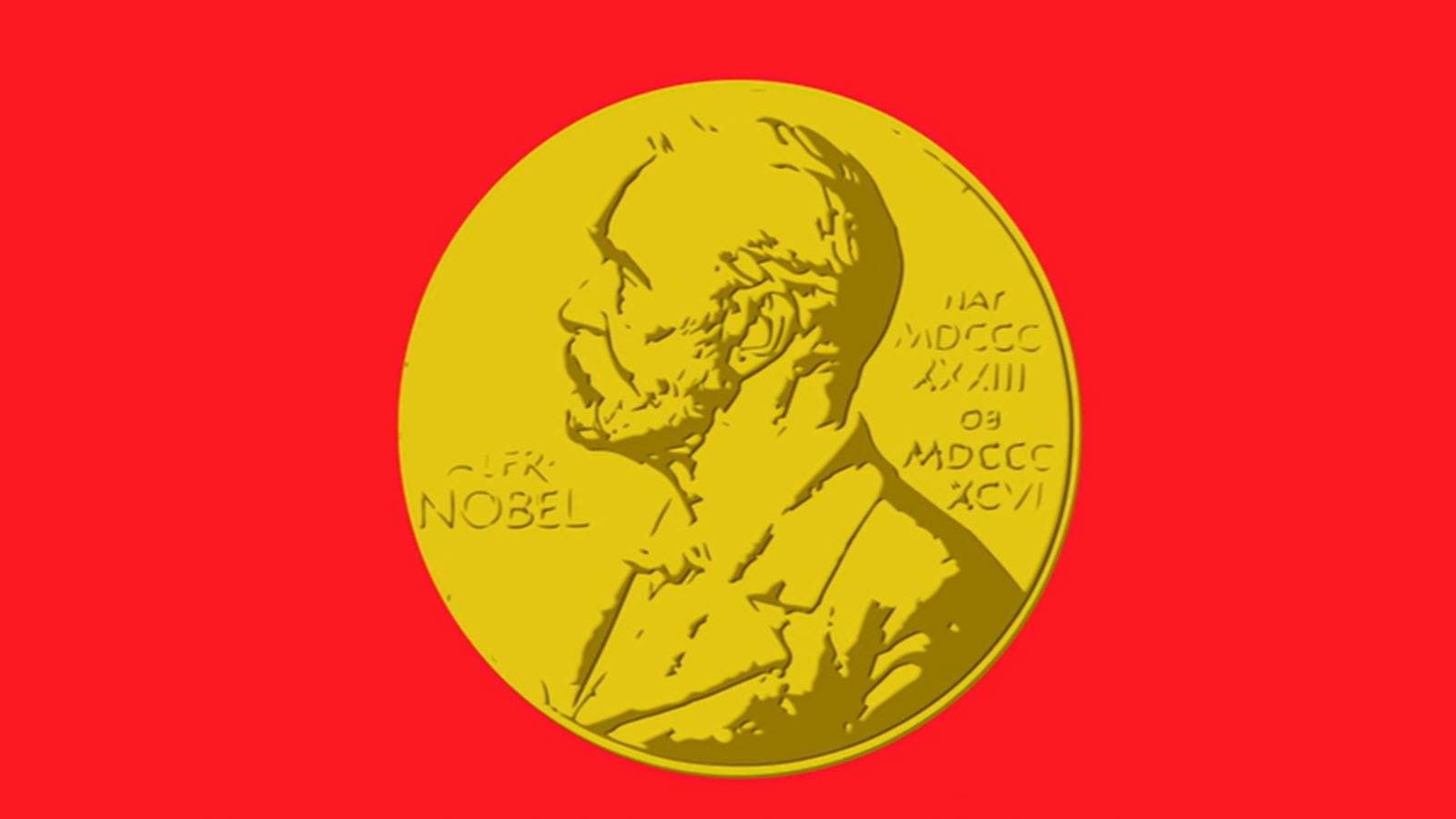The 2025 Nobel Prize recipients waded into the complexities of how the immune system distinguishes between human cells and harmful microbes – some of which camouflage themselves to appear like human cells, according to the Nobel Committee. The war metaphor, often used to explain how the immune system fights disease, misses the mark, Pulitzer-Prize winning author Matt Richtel wrote in his book “An Elegant Defense” about the immune system.
“Your immune system isn’t a war machine. It’s a peacekeeping force that more than anything seeks to create harmony. The job of the immune system is to circulate through this wild party, keeping an eye out for troublemakers and then – and this is key – tossing out the bad guys while doing as little damage to other cells as possible,” Richtel wrote.
Sakaguchi, of Japan’s Osaka University, was “swimming against the tide” 30 years ago when he explored additional explanations for how immune tolerance developed, according to the Nobel Committee. Most believed it was due only to potentially harmful immune cells being eliminated in the thymus, through a process called central tolerance.
Brunkow and Ramsdell, both of the United States, found in 2001 that a certain mouse strain had a mutation that made it especially vulnerable to autoimmune diseases. Sakaguchi linked the two discoveries, which established the existence of regulatory T cells, a previously unknown class of immune cells that protect the body from autoimmune diseases. It was a new piece in the intricate puzzle of the immune system and worthy of this year’s prize for medicine because it “conferred the greatest benefit to mankind,” according to the Nobel Committee.
“The immune system is an evolutionary masterpiece. Every day it protects us from the thousands of different viruses, bacteria and other microbes that attempt to invade our bodies. Without a functioning immune system, we would not survive.”



